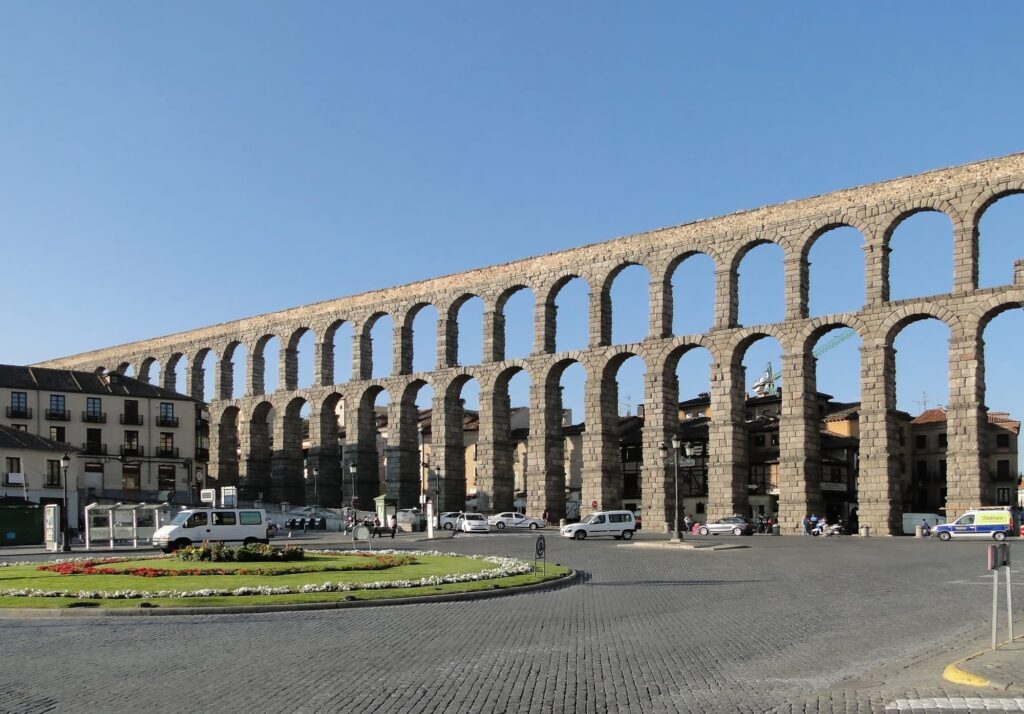Aqueduct of Segovia: A Roman Engineering Marvel
The Aqueduct of Segovia is one of Spain’s most iconic landmarks, a testament to the ingenuity and skill of Roman engineering. Nestled in the heart of Segovia, this ancient structure has stood the test of time, drawing visitors from around the world to marvel at its grandeur and historical significance. Whether you’re a history buff, an architecture enthusiast, or simply a curious traveler, the Aqueduct of Segovia offers a fascinating glimpse into the past.
What to See
The Aqueduct of Segovia is an awe-inspiring sight, stretching over 800 meters through the city. Its most impressive section is the two-tiered arcade that towers over Plaza del Azoguejo, with 167 arches made from unmortared granite blocks. As you stand beneath its towering arches, you can truly appreciate the precision and skill that went into its construction. The aqueduct is best viewed from the plaza, where you can capture stunning photographs of this ancient marvel. As you walk along its length, you’ll find informative plaques that provide insights into its history and construction.
A Bit of History and Interesting Facts
Built during the late 1st or early 2nd century AD, the Aqueduct of Segovia was designed to transport water from the Frío River to the city, a distance of about 15 kilometers. It is one of the best-preserved Roman aqueducts in the world, a testament to the durability of Roman engineering. Remarkably, the aqueduct was constructed without the use of mortar, relying solely on the precise cutting and placement of its granite blocks. Legend has it that the aqueduct was built by the devil in a single night, a tale that adds a touch of mystique to its already fascinating history.
How to Get There and Tips for First-Time Visitors
Segovia is easily accessible from Madrid, making it a perfect day trip destination. You can reach Segovia by train from Madrid’s Chamartín Station, with the journey taking about 30 minutes. Alternatively, buses run regularly from Madrid’s Moncloa Station, taking around an hour. Once in Segovia, the aqueduct is just a short walk from the city center. For first-time visitors, it’s best to visit early in the morning or late in the afternoon to avoid the crowds and capture the aqueduct in the best light. Don’t forget to wear comfortable shoes, as Segovia’s cobblestone streets can be challenging to navigate.
The Aqueduct of Segovia is more than just an architectural wonder; it’s a window into the past, offering a glimpse of the incredible achievements of ancient Rome. Whether you’re exploring its arches, learning about its history, or simply soaking in its beauty, a visit to the aqueduct is an unforgettable experience.








